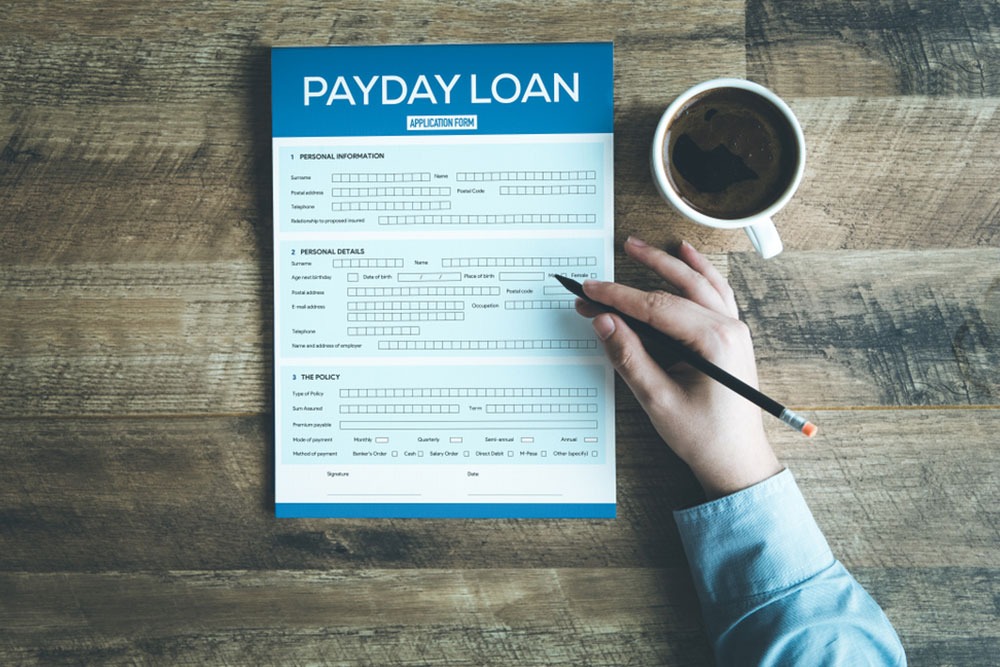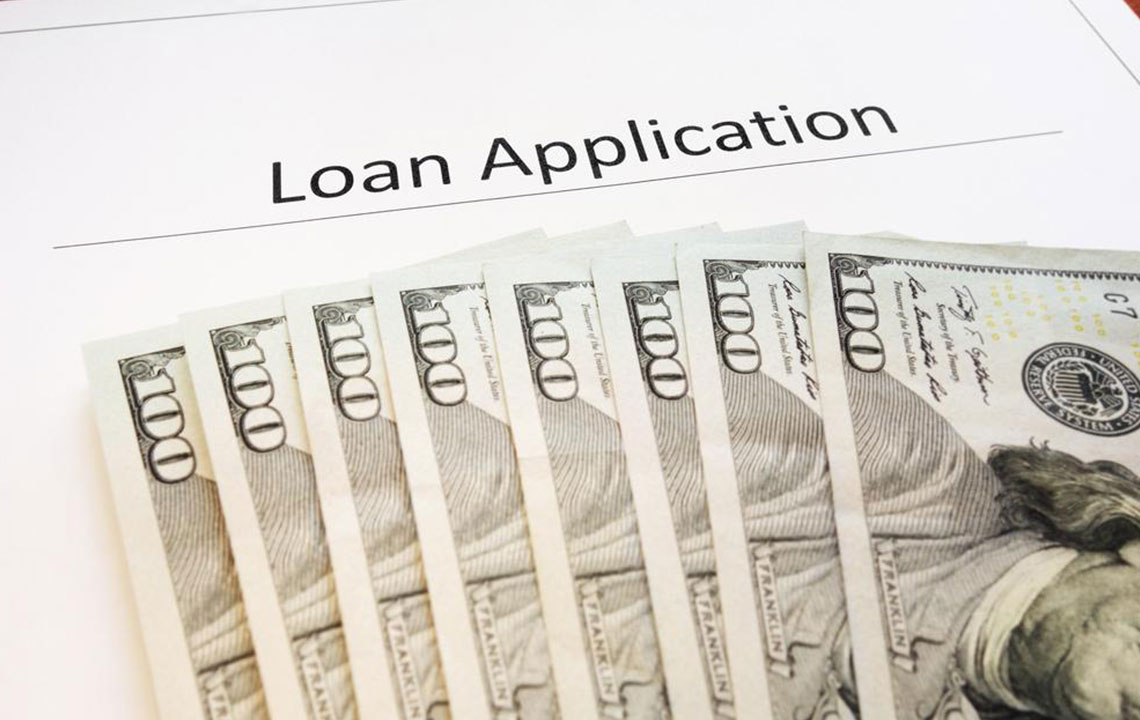Understanding Short-Term Payday Loans
This article explains the essentials of payday loans, highlighting their rapid access, high interest rates, repayment methods, and potential financial impacts. It discusses legal regulations and risks involved, helping readers make informed borrowing choices. Emphasis is placed on understanding the costs and implications associated with short-term borrowing options to avoid future financial difficulties.

Payday loans are quick access loans meant for short-term financial needs, typically involving borrowing small amounts at very high interest rates. Borrowers receive funds rapidly, often through a personal check or electronic transfer, and agree to repay the loan on their next payday. These loans generally range from $100 to $5,000.
Due to their high costs, many regions limit the annual percentage rate (APR) to 30-40%. Some areas completely ban payday lending, viewing it as unsafe. Lenders vary in their approval criteria; some focus on income, others on credit history, and some offer fewer checks, increasing risk.
Applying online is common, with funds directly credited to accounts, and repayment deducted electronically. However, payday loans can worsen financial stability if not managed carefully, as high interest rates and additional fees accumulate if the borrower cannot repay on time. It's crucial to consider all options and understand the implications before borrowing.
Disclaimer: Our website provides informative content across various topics for educational purposes. We rely on research to craft articles but do not guarantee complete accuracy or comprehensiveness. Always verify details through official sources before making financial decisions.










